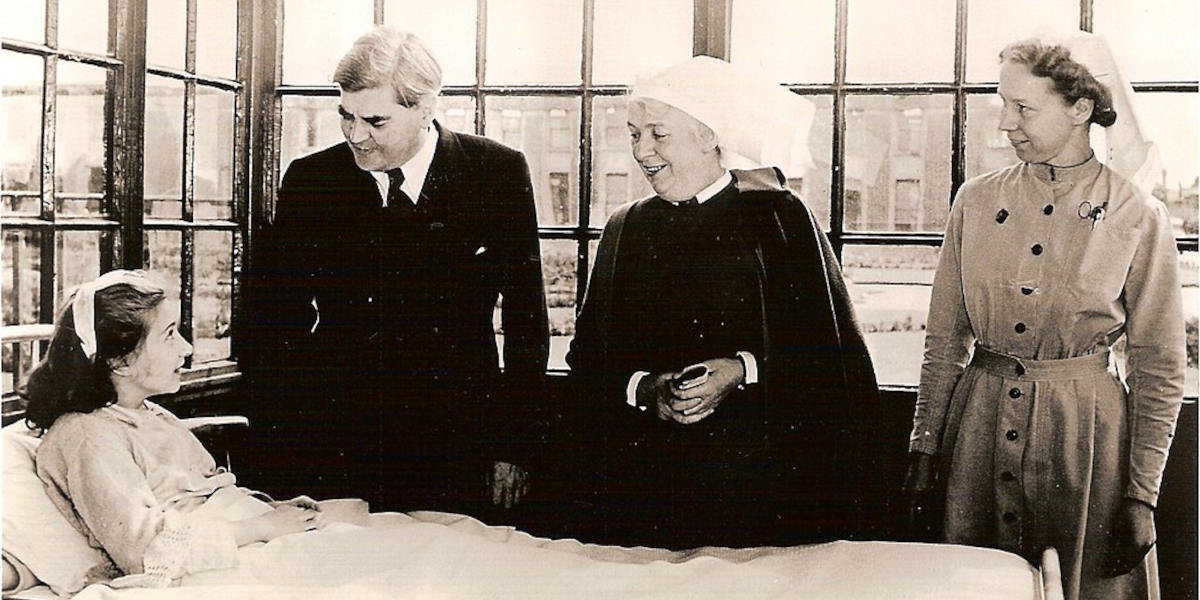Do you remember your first protest or rally? The first movement meeting that transformed your worldview? Who was there? How did it make you feel? If such recollections leave you smiling yet wistful, nostalgia is kicking into gear. It is a powerful, even necessary, emotion – a ‘self-regulatory tool we use to remind ourselves that we matter’, says psychological scientist Clay Routledge. It is a response leveraged by politicians, advertisers and storytellers alike because that complex blend of memory, feeling, connection and deeply-held sense of what was good in the past propels action in the present.
Nostalgia cultivated through distortions of history can lead to destructive, repressive ends. Often banally expressed through flags, flowers and other nationalist symbols, these imaginaries are not products of selective remembrance and mythologising alone. They demand erasure, express denial of counter-claims.
In this context, interventions against collective amnesia – wilful or not – can prevent nostalgia being transformed into the official record. James W Loewen’s Lies My Teacher Told Me: Everything Your American History Textbook Got Wrong attempted this feat in 1995. In the 2018 Loewen decried the new curricula producing ‘adult Americans who think Donald Trump can solve their problems’. Supremacist fictions, foundational to the nation state, are not easily dislodged. History repeats the lies it tells about itself.
Correctives that fetishise ‘truth’, however, risk closing down debate. We must uncover histories suppressed while still understanding memory and nostalgia, anchors for hope, as useful to the left. Campaigner Harry Leslie Smith, born a century ago this year, understood this complexity. His 2014 defence of the welfare state, Harry’s Last Stand pitted history against austerity.
History repeats the lies it tells about itself
The title intentionally gestures to his WWII service. In it, he recalls the great depression and being on picket lines with his dad at the 1926 general strike. His childhood was spent in poverty and his sister Marion died painfully, aged 10, before the NHS existed. These memories fuelled his activism.
He writes: ‘Sometimes I try to think how I might explain to Marion how we built these beautiful structures in our society – which protected the poor, which kept them safe at work, healthy in their lives, supported them when they were down on their luck – only to watch them be destroyed within a few short generations.’ Jeremy Corbyn echoed his sentiment during the 2017 election, which was described by Fintan O’Toole as ‘saturated with nostalgia’ from both left and right.
Chilean filmmaker Patricio Guzman suggests that we cannot avoid engaging with history and nostalgia as intertwined. He has spent his career grappling with popular legacies and memories of the Pinochet dictatorship, as they fracture and fade. His 2010 documentary Nostalgia for the Light explores unexpected parallels between astrologers seeking universal truths in the stars from their Atacama desert base and the families still searching for the remains of relatives ‘disappeared’ in the same arid terrain.
Guzman opposes creeping nostalgia for the right while valuing collectively felt longing for the Chile that could have been under elected socialist president Salvador Allende. His films remind us we must reach towards the stars without forgetting all that remains buried in the ground beneath our feet.










